CULINARY CRAFT IN MOROCCO
Written By Sean Stillmaker
Photography By Hannah Layford
The intoxicating city of Marrakech has historically been an international cultural melting pot. Fusing together its European, African and Arab influences, the city continues to lead the way in areas of art, film, food and culture.
The ingredients accentuating this characteristic are currently on full display during the Marrakech Biennale. Launched in 2005 by Vanessa Branson and Abel Damoussi, now in its sixth edition, the free festival aims to build bridges between diverse cultures through the arts.
When we visited during this year’s opening on February 24th, we crisscrossed the city fixating upon the visual arts created by renowned international artists. From street art painted onto the walls of the historic Medina to the public installations centered in the street of the contemporary western side of the city, Ville Nouvelle, over 50 locations showcase work centered around themes of socio-political urgencies curated this year by Reem Fadda.
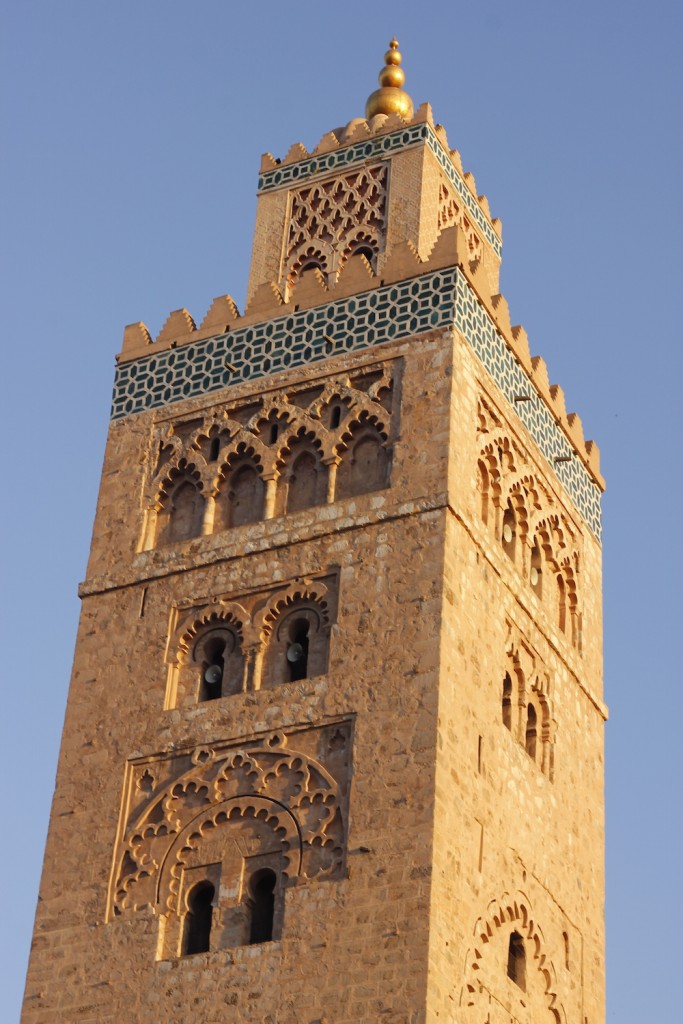
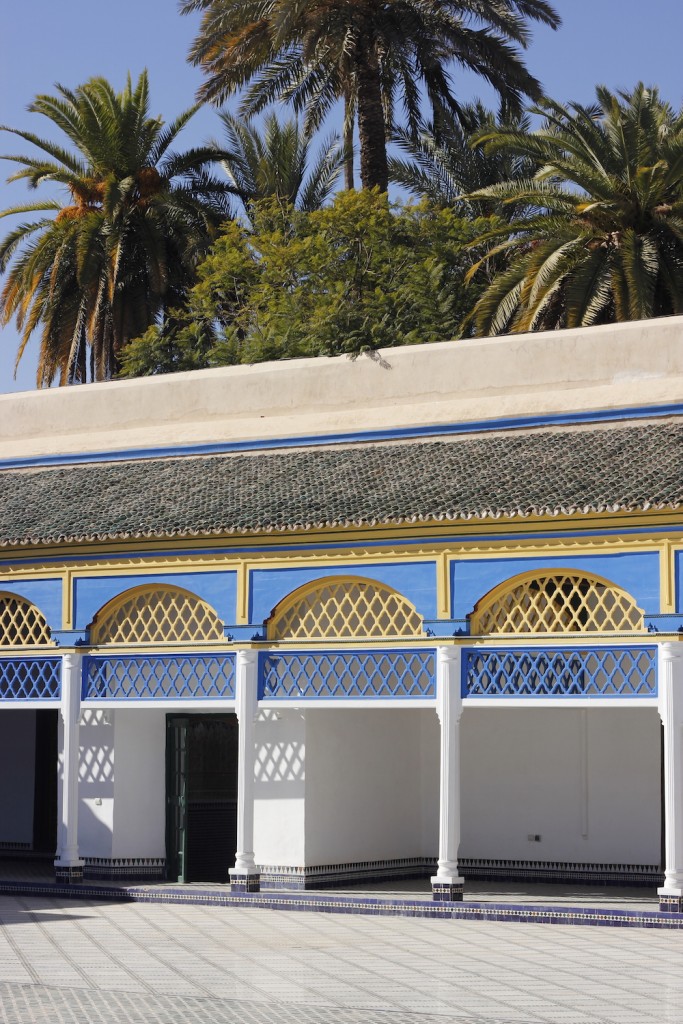
Tucked away peacefully near the historic Royal Palace in the Medina is the newly opened restaurant Salt-Marrakech, created by The Sanssouci Collection, which proved to be equally as exciting as the surrounding international art scene.
Much like the immersive creativity that Sanssouci Collection has offered for the past 15 years at the Sanssouci Cooking School, Salt is adding its special flavor by introducing guest chefs for a brief residency where they’ll add their own vision and approach to their seasonal custom designed menus, changing daily.
For the inaugural residency we were delighted by chef Najat Kaanache. A culinary career was only an afterthought for her, but after nearly a decade of working under the best chefs in the world and opening her own restaurants, she’s poised to gild Morocco’s vibrant restaurant scene with the first Michelin Star rating achievement.
After our delectable and savory nine-course meal spanning over five hours, we sat down with Najat learning her culinary passion and journey to be the best.
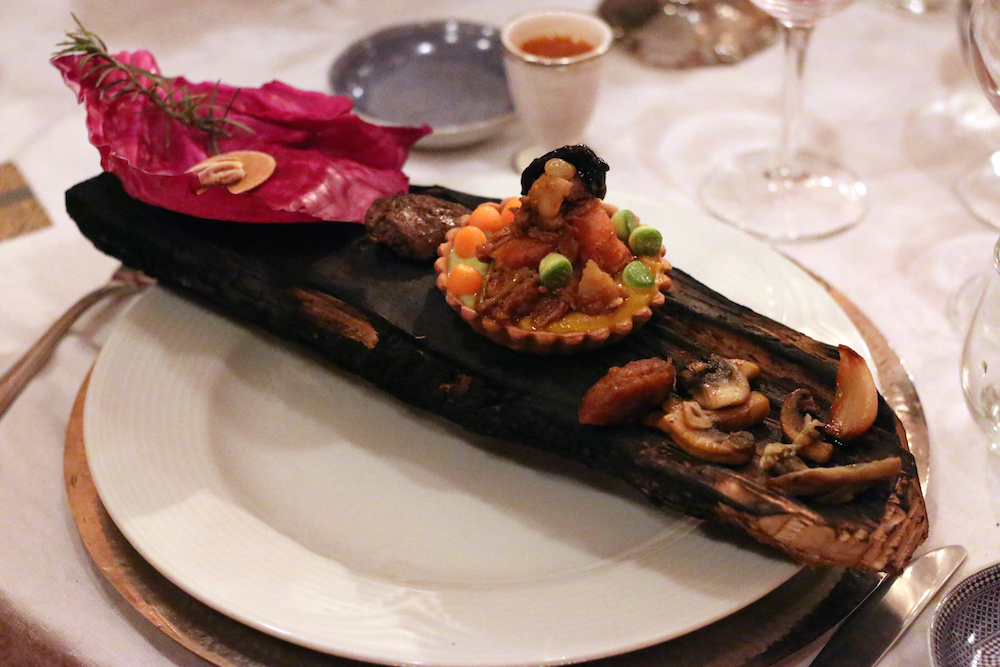
Acting was your first artistic foray with credits such as the Spanish TV soap opera Goenkale. How did you make the transition from acting to culinary arts?
I’m a very expressive human being. So I thought that theatre and film would give me that opportunity. But then with time I realized I didn’t want to act anymore. People were telling me I’m crazy — acting, this is where everybody wants to be.
So I went to Holland and stayed there for a couple of weeks. I was thinking what can I do? Then I thought, cooking, because that’s what I knew from when I was little.
Your parents are Moroccan, you were born near San Sebastian, Spain and grew up splitting time between both countries. What was the cooking foundation of your upbringing?
My parents are from outside of Fez, just up the mountains (near Taza). We used to collect the wheat, the olives — we’d do our own olive oil, all our flour and everything. For us it was normal.
I grew up with everything. I grew up with couscous, chebakia, all kinds of tangines. We used to have the fishermen coming in and we’d get the most beautiful fish in my village. Then we’d use our spices; we’d use our dried goods that we brought from Morocco to Spain — those flavors are unique, you can’t find them everywhere.
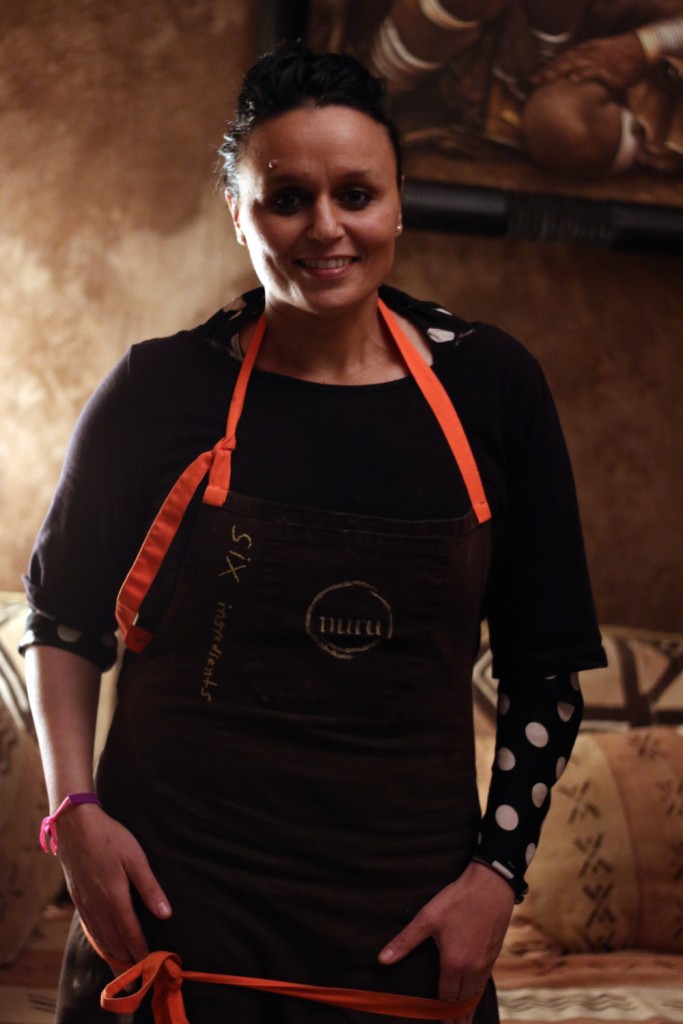
Najat’s formative years began working as a line cook under chef Francois Geurds in his Ivy restaurant (now known as FG) in Rotterdam, Netherlands, which went from a one to two star Michelin rating since it opened.
“He made my life miserable, but he taught me things that became very good for me,” Najat recalls of the invaluable training. “Afterwards I wrote 49 letters to the best 49 chefs at that time and I got 27 answers. I got to choose where I wanted to go, which I guess is every chef’s dream.”
Her international trajectory began in 2008 in Chicago under Chef Grant Achatz at Alinea. A name known around the world, the restaurant is the most expensive in the city with its three Michelin star rating and being voted best restaurant in the world for four consecutive years by Elite Traveler magazine.
From there Najat went to work under René Redzepi at Noma in Copenhagen, Denmark for a stint before heading back to the US under Thomas Keller in Napa and NYC’s Per Se. In Spain, she worked under Ferran Adrià at the three Michelin star El Bulli, renowned for its pioneering molecular gastronomy techniques.
With a firm mastery of the art, Najat began partnering with restaurants from Dallas to Miami and most recently launched a culinary and social initiative called six ingredients that connects eaters with their local food producers promoting sustainability and ethical production around the world, starting in Mexico.
Why was working under the best chefs in the best kitchens around the world important for you?
The life of someone who goes around and trains, for some people, is to do it for their CV. I don’t care about curriculms; I don’t need to write a CV. I did it because I truly, truly wanted to learn from the best. I wanted to be better than them in a way where I can learn from one master and another.
It’s always by surrounding yourself with the best people — the best people know their riches; richness, you can measure in so many different ways. For me, knowledge is very important. I was always being very, very curious. I want to know, but I don’t want to know to win. I want to know to satisfy my inside. I don’t care what other people do. Actually I never looked to what other people do. I learn by doing, asking and then by accident I find out magical things.
How does cooking facilitate your creative expressions that you couldn’t find elsewhere?
I can express who I am, my culture, my craziness and at the same time all the magical things I learned from great human beings. I represent the flavors of Morocco with a craziness and a very high level of creativity.
With six ingredients, I try to unite because there are a lot of people in poverty working in agriculture who really don’t have the opportunity to eat a tomato, because they have to sell it. So our chefs, we are like doctors. We have to give the best of what we have, the best for a fair price. Food should not be expensive and everyone should have the right to eat.
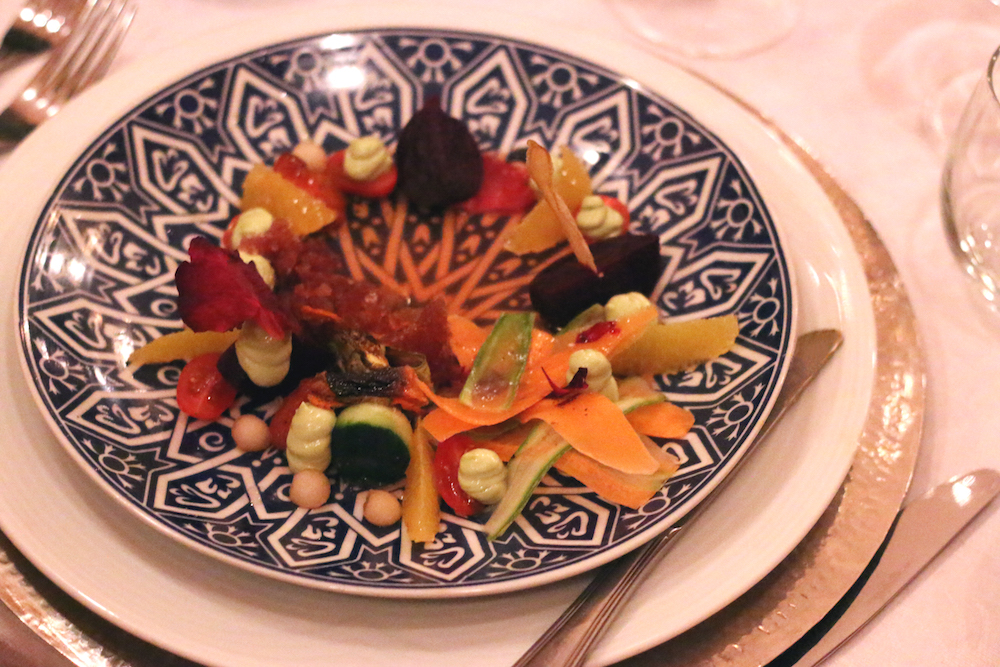
Our meal tonight was showered in innovation from the exploding olive to a trilogy of cooked camel. What was challenging with creating the menu?
My menus are very, very aggressive. This is soft because I just arrived and I can’t have everything. I’m alone in the kitchen with two magical human beings. I also have to cook with what’s available. For example, I would really love to have pomegranate, but it’s out of season. I would like to have blood orange, but not in season. In the end, I have to be happy with what I cook. If I’m not happy, I’m not going to cook.
The best restaurants in the world are bestowed with a Michelin star rating. France is a leader in the 2016 guide with 600 total Michelin star restaurants, while Morocco’s other neighbors of Spain and Portugal have 174 and 14 rated restaurants, respectively. But Morocco is still without one. What are your thoughts on this?
For me, it’s personal. This is a culture and a country that has been taken by Europeans who they all have 2,000 million stars and this country doesn’t have one. And it’s not for the lack of product, or the lack of spices or the lack of energy. Morocco is magical. So for me, this is just the beginning. I want to have the best mark. I want there to be a three star Michelin Moroccan restaurant within Morocco.
Upon that note, it was time for us to retire to bed, exhausted from a long day. But for Najat, she still had plenty of work to do. She showed us a picture of a delivery of crabs from the local fishmonger that she had to begin preparing for the next evening’s menu. Opportunity and willingness are the key ingredients to success, she said, and she’s certainly putting forth every effort for Morocco’s first Michelin star.
The interview was edited and condensed.
Seating is limited and reservations required at Salt-Marrakech.
The Marrakech Biennale is open daily and free to the public until May.
Related Reading




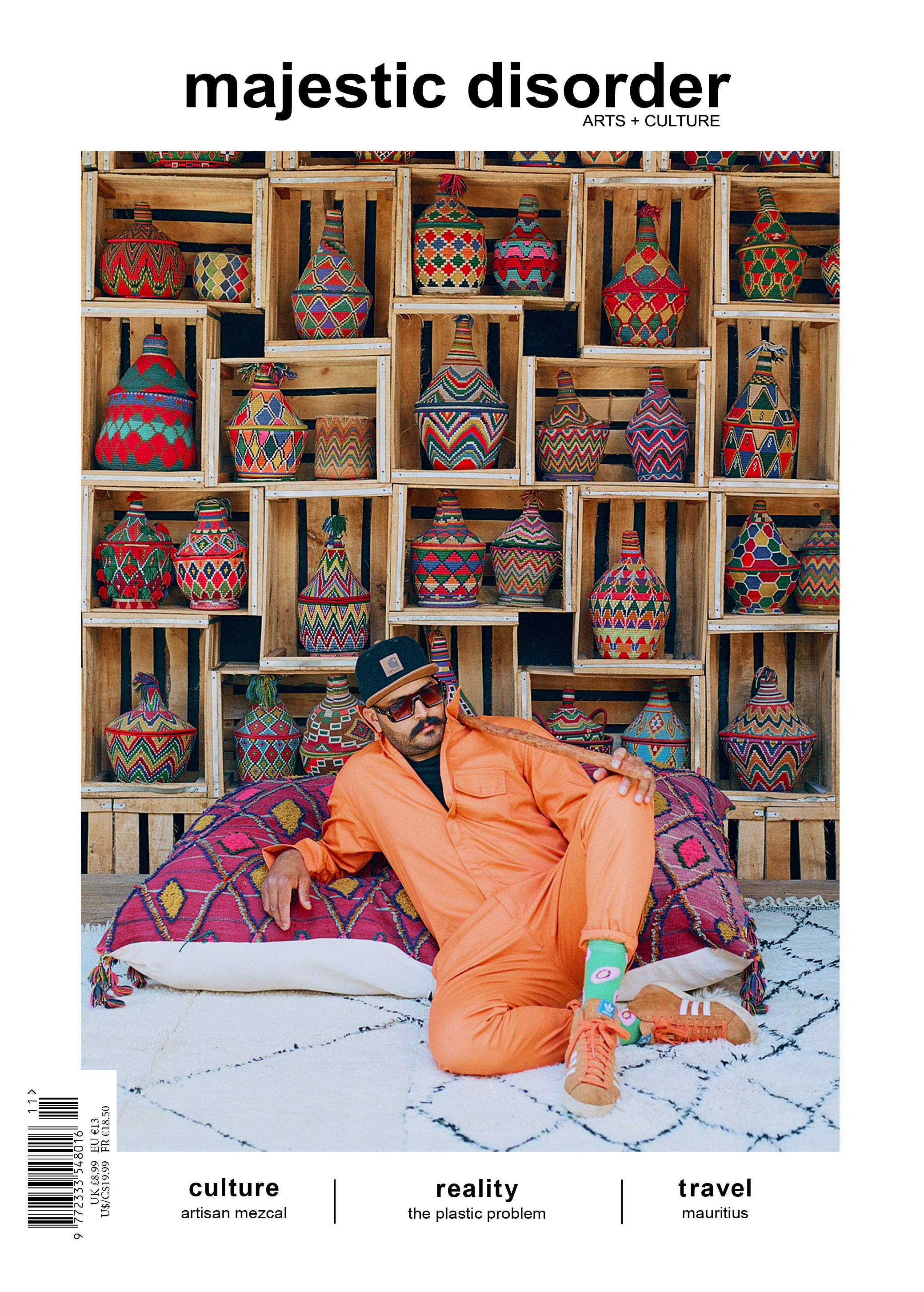
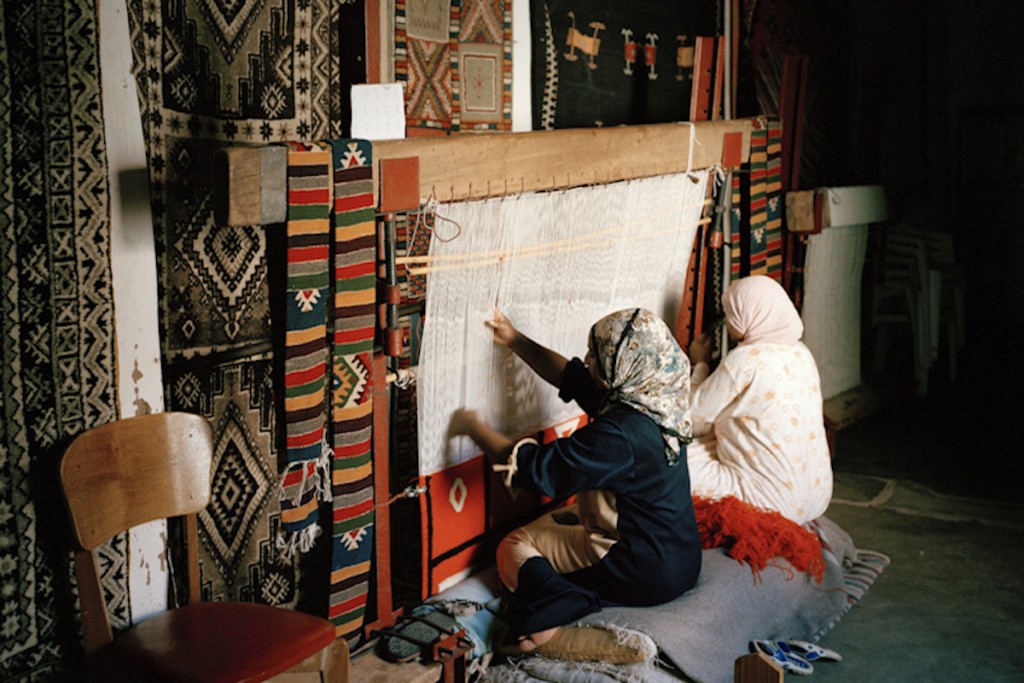

 @majesticdisorder
@majesticdisorder